7 min read
Avoiding An Ugly Lawn: How To Get Great Grass
By: Shawn Karn, The Grass Expert on Sep 29, 2016 2:48:47 PM


For all you house-proud folk, having a well manicured lawn is often at the top of the to-do list. First impressions count, and an ugly lawn isn't a good introduction to the rest of the home. If you just want your lawn to look its best, or if you're trying to crank up the curb appeal so you can sell your house for more, healthy grass is a key element for success.
A luscious, green lawn is what everyone wants, but with so many factors to consider, it isn't always an easy task. Here's a list of the most important things you can do to acheive healthy and attractive grass.
Good Cultural Practices: Mowing
It all starts with the basics. No matter how much fertilizer you buy or how many lawn care services you schedule, the basic practices of mowing and watering are absolutely essential to achieving a well maintained lawn.
As the intensity of heat changes throughout the year, so will the rate your lawn grows. With this in mind, it makes sense that you need to adjust the way you cut for each season. In general terms, it's recommended to mow every 4-7 days when the lawn is actively growing. You'll need to increase the frequency during Spring, since a large percentage of growth happens during the Spring months.
When mowing your lawn, keep in mind these considerations;
- Never cut more than a third of the leaf blade. Cutting more than that will cause stress to the grass blades, which leads to browning.
- Mow in different patterns. Going over the same set of tire marks compacts the soil, inhibits growth, and doesn't look pretty.
- Regularly sharpen your mower blades. Dull blades create ragged cuts, so keep 'em sharp!
- Mow when the lawn is dry. It's almost impossible to get a clean cut in the wet, and mowing a wet lawn can spread fungal turfgrass diseases.
> Download your free Mowing Guide
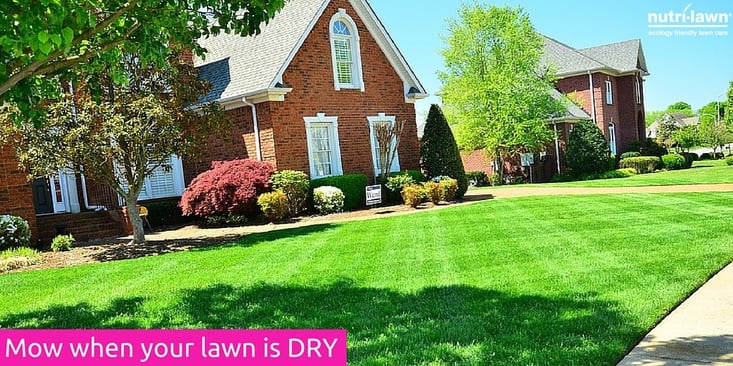
Good Cultural Practices: Watering
Equally, watering techniques need to be adjusted to suit the growing season and to compensate for rain or drought. It's also important to keep in mind your grass type and soil type, and to raise your cutting height to help your lawn retain moisture.
It's generally recommended to give your lawn an inch of water every week. You should always do this in the morning; watering in the afternoon is a waste of water, since a lot of it will be lost to evaporation, and watering in the evening increases your risk of fungal diseases, since the lawn will remain wet for a long period of time without sunlight.
Some other things to keep in mind;
- Use a low-volume sprinkler if you have a slope. If water is applied too quickly, much of it will run off down the slope and not be absorbed by the lawn. Using a low-volume sprinkler will allow time for water absorption.
- Water more around trees. The extensive network of fiberous roots attached to trees tend to pull soil moisture away from the surface. Because of this, the grass around trees tend to show signs of drought stress first, so you need to ramp up the water around your trees.
- Be aware of watering bans in your area. If your area is subject to a watering ban, you'll be forced to allow your water to go brown and enter dormancy. This doesn't mean its dead; the crown of your lawn will remain alive for 4-6 weeks without water. We recommend applying around 3mm of water each month to help keep your lawn alive.
> Download your free Watering Guide

Feed Your Lawn
Providing your lawn with the plant essential nutrients it requires to grow healthy is one of the most important things you can do for your lawn. Balanced fertility throughout the year will ensure your lawn grows thick, healthy, and robust.
Make sure your fertilizer contains a blend of these 3 major components; nitrogen (n), phosphorus (p), and potassium (K). The n-p-K ratio is important to consider when choosing a fertilizer; nitrogen should make up the greatest quantity, as it promotes the dark green colour, leaf and blade growth, and density of the lawn. Phosphorus is essential for root growth and establishment, while potassium contributes to the overall vigor of the plant and strengthens the lawn against wear, disease, and harsh weather conditions.
Feeding your lawn with compost is also beneficial, while being extremely cost effective. Use the grass clippings from your regular mowing routine to feed your lawn; letting grass clippings stay on your lawn will provide it with the essential nutrients it needs to thrive.
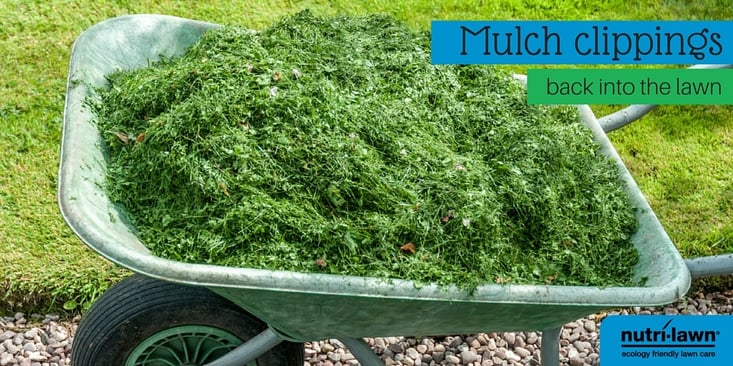
Sort Out Your Soil
Acidic soil is particularly common in coastal regions of Canada, which makes it really difficult to grow healthy grass. Neutralizing soil pH helps to free up essential nutrients (n-p-K), giving your lawn a better chance to outcompete weeds, insects, disease, and stress. Calcitic lime works to neutralize soil pH levels that are below 6.5 (you should ideally be between 6.5 to 7.5), making it a whole lot easier to achieve an attractive lawn.
Equally, compacted soil makes it hard for your lawn to absorb oxygen, water, and fertilizer. Aerating your lawn annually (ideally in the Fall or Spring) relieves soil compaction, while removing undesirable thatch layers through the mechanical removal of soil cores using an aeration machine.
> Watch how core aeration works
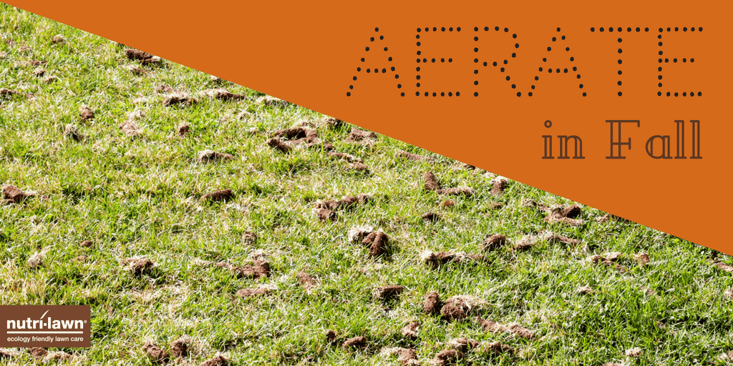
Seed, Seed, Seed!
If you've got thin, bare areas in your lawn, adding new grass seed will help fill them in and thicken them up. Even if your lawn is looking alright, overseeding annually is a great way to introduce new grass species that require less water, less fertilizer, and resist insect and disease pressures. Continually adding new seed helps keep your lawn healthy, and works to replace tired, old grass with fresh, new grass.
Fall and Spring are the best times to plant new seed, since soil and air temperatures are warm and rainfall is common. This will help ensure optimal seed germination and make establishment all the more successful.
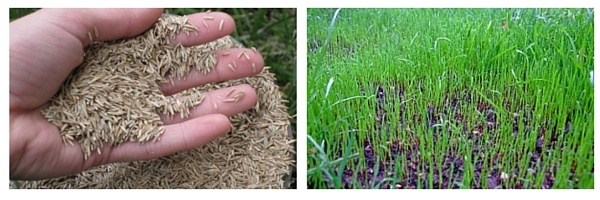
Weed Out The Weeds
If you long for a perfectly manicured lawn, a single dandelion can be your worst enemy. So if you see them, pull them! A range of weeds like dandelions, clover, and bull thistle can occur in your lawn - some harder to control than others. Professional weed control can help you stay on top of unwanted weeds, while spot-pulling and pouring boiling hot water are also good techniques for an instant remedy.
At the end of the day, good cultural practices and optimal soil conditions are your best bet against weed infestations, so try to tick all the other boxes before getting too hung up on the wicked weeds in your lawn.
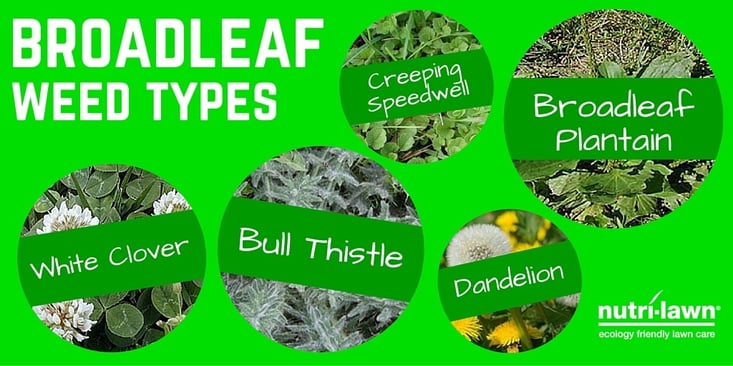
Inspect for Insects
Keep an eye out for lawn damaging insects like grubs or chinch bugs - if left unattended, they can do major damage to your lawn. And if it's not them, the skunks or raccoons looking for an insect meal could beat them to it.
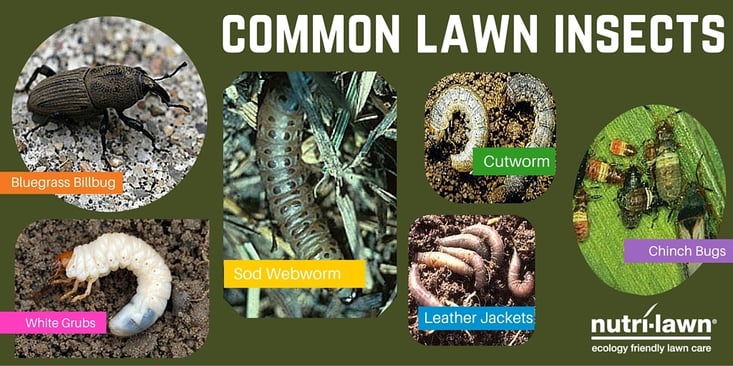
> Download your free Lawncare ID Guide
Avoid Excessive Shade
Grass needs sunlight to grow. So it makes sense that areas with a lot of shade tend to struggle more. Avoid laying sod in areas with too much shade, and if you've already got grass in shady areas, think about alternatives that won't detract from the aesthetic appeal of your landscape.
It's also important to ensure you rake up any leaves during the Fall. Letting leaves accumulate on your lawn can be potentially damaging to your grass blades, since you’re restricting the amount of sunlight the lawn needs to build Winter hardiness.
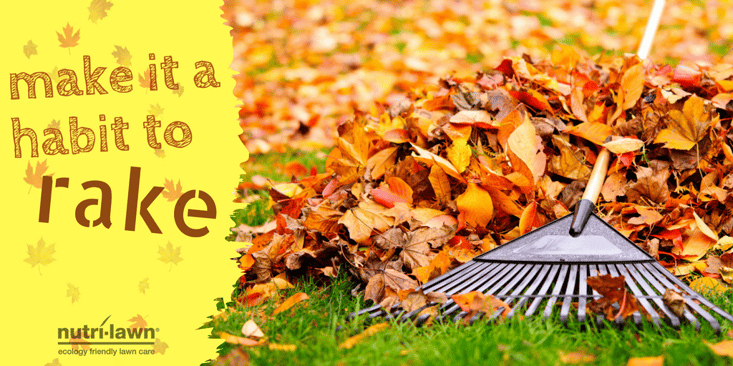
Avoid High Traffic
Putting too much pressure on your grass will inevitably lead to a damaged lawn and compacted soil. If you've got areas of grass that are bound to get a lot of foot traffic, and as a result aren't looking up to scratch, ask yourself if you really need grass there.
Avoid nasty problems by replacing heavy traffic areas with mulch, pebbles, stones, or other landscaping materials. That way, you won't have brown or bare grass, and you won't be wasting time and money watering and trying to repair the areas.
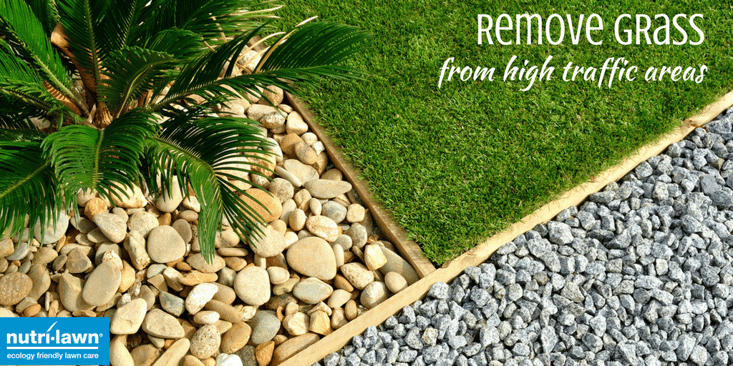
So there you have it! Now that you're equipped with tips on how to grow good grass, it's time to get busy!
Follow us on Facebook and get a new lawn care tip every Tuesday, or take a peep of our Pinterest for even more lawn care tips & tricks.
Related Posts
Mow Grass The Right Way
How does mowing your grass help it grow thicker and healthier? The lawn care experts at Nutri-Lawn...
Better Ways To Mow Grass
Mowing grass puts stress on your lawn. The lawn care experts at Nutri-Lawn Ottawa have created a...
Brown Lawn? We Can Help!
Summer is here! It’s time to be outside, out on the patio, out in the yard, hopefully on your...



